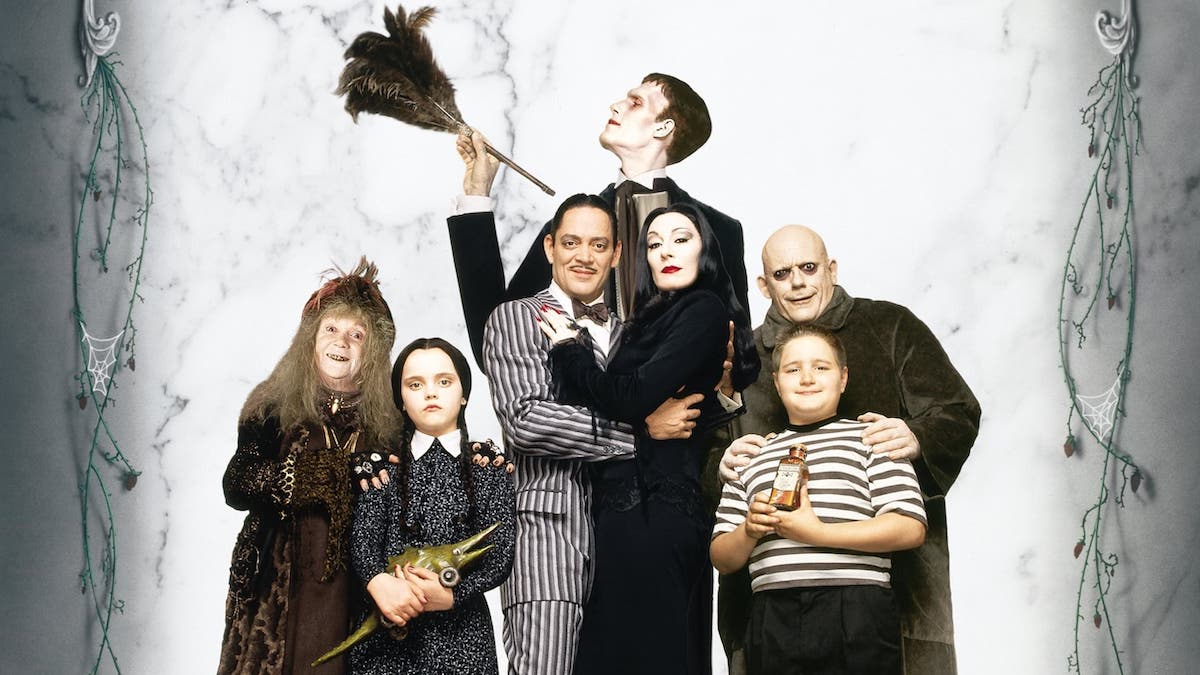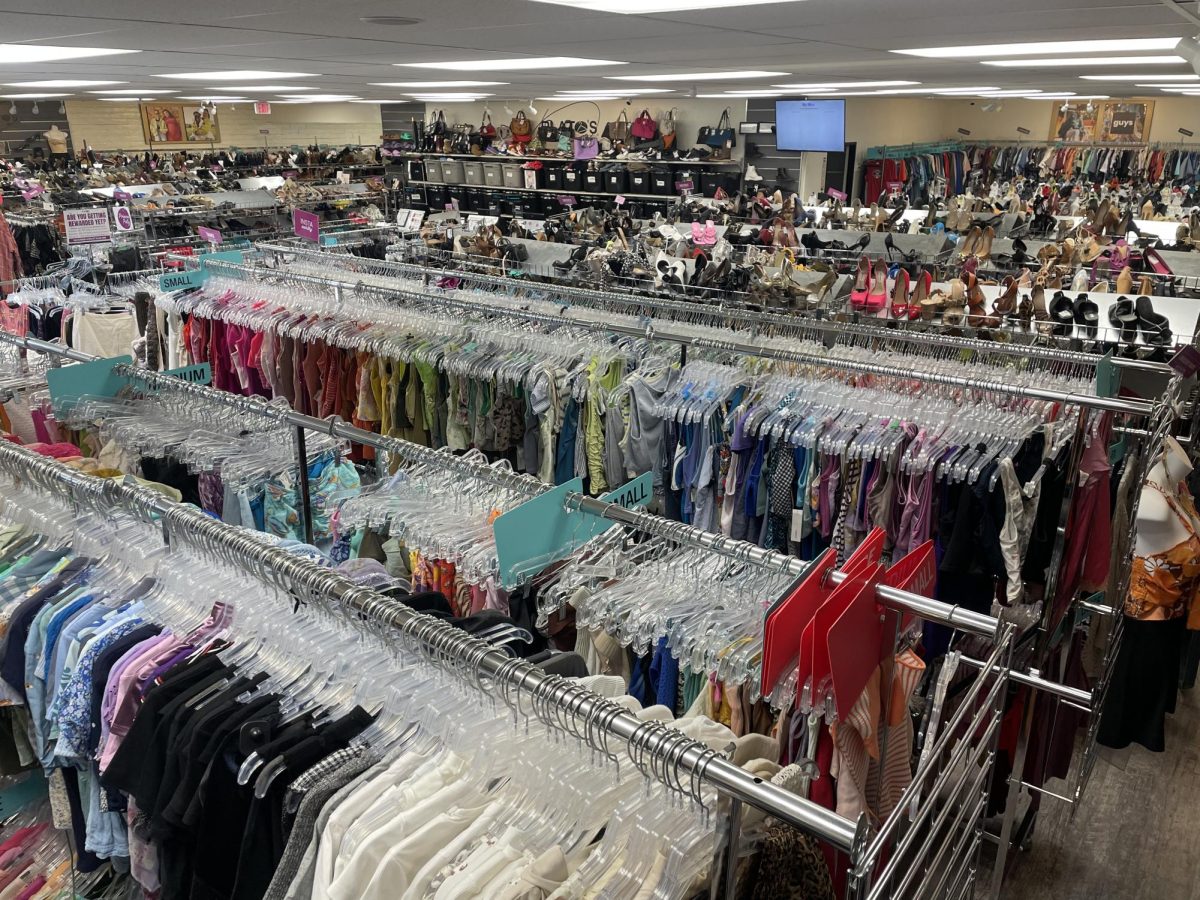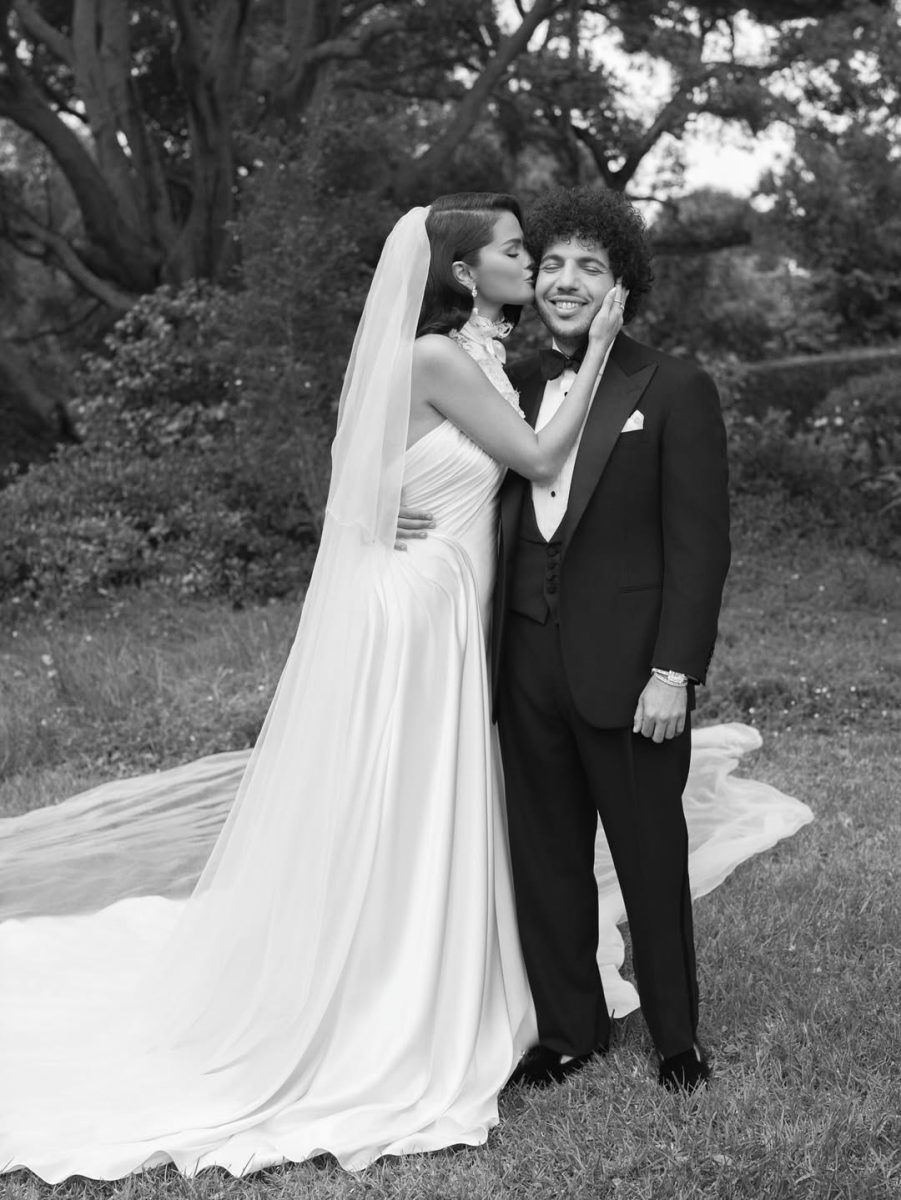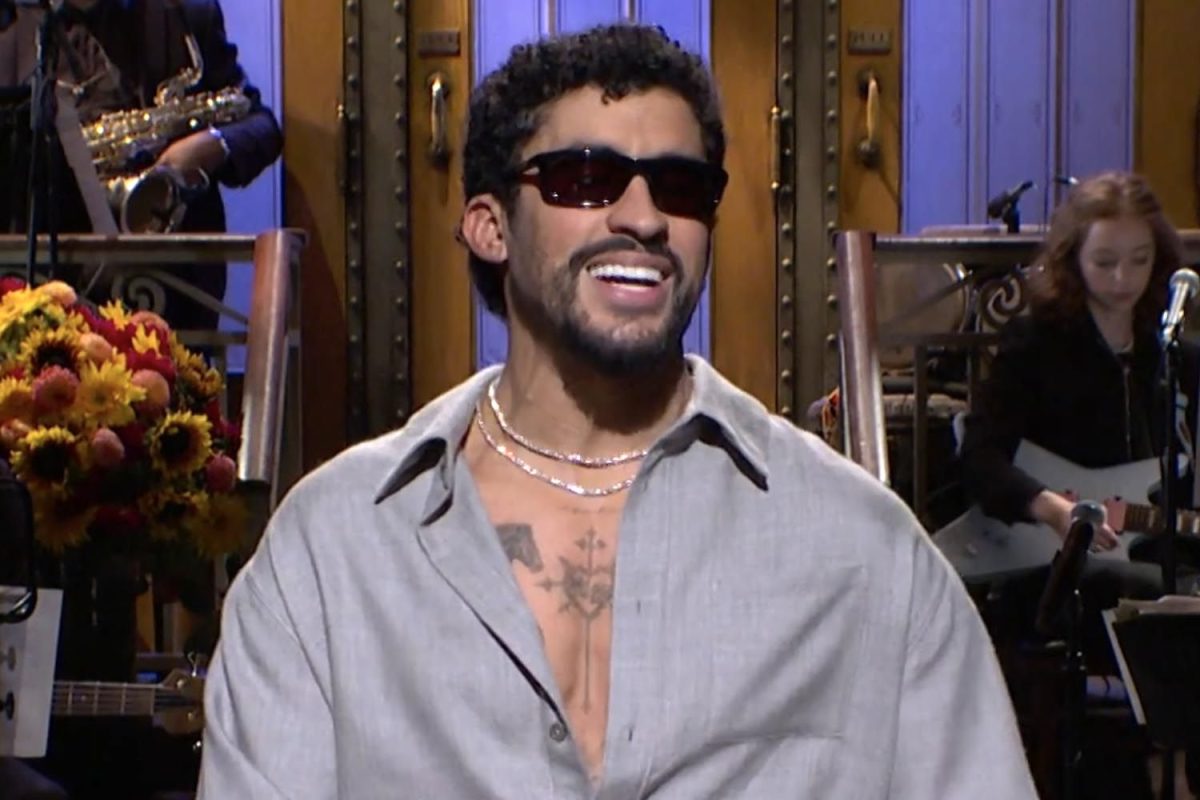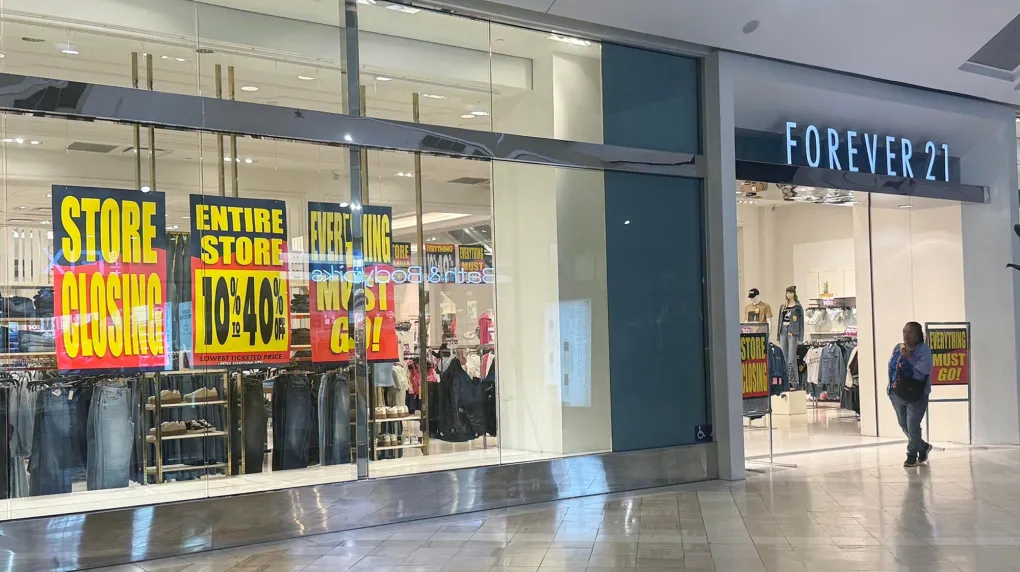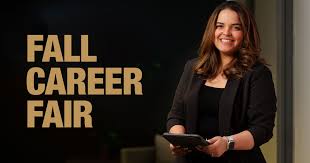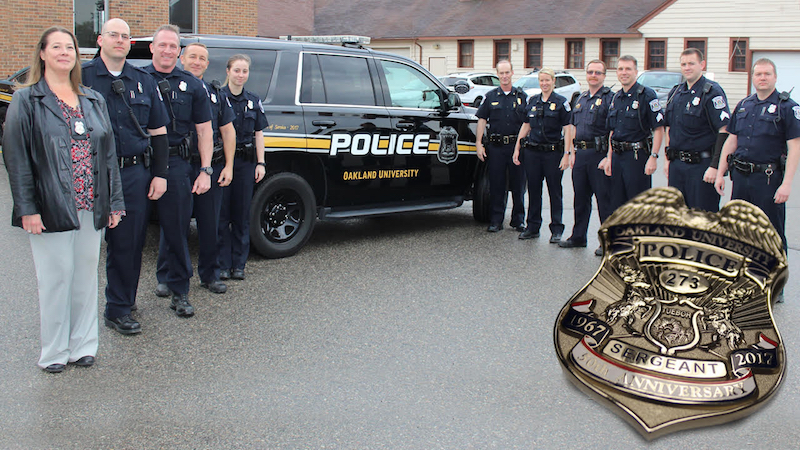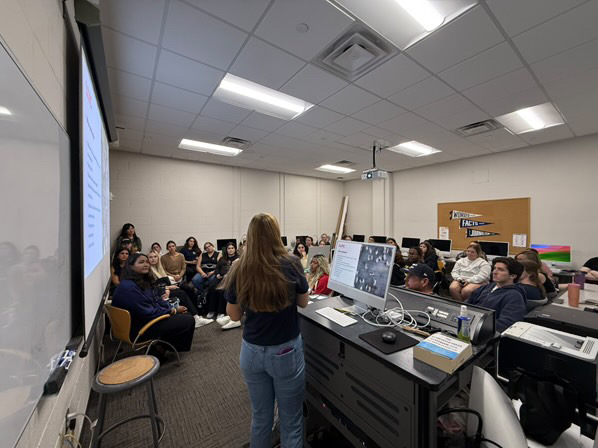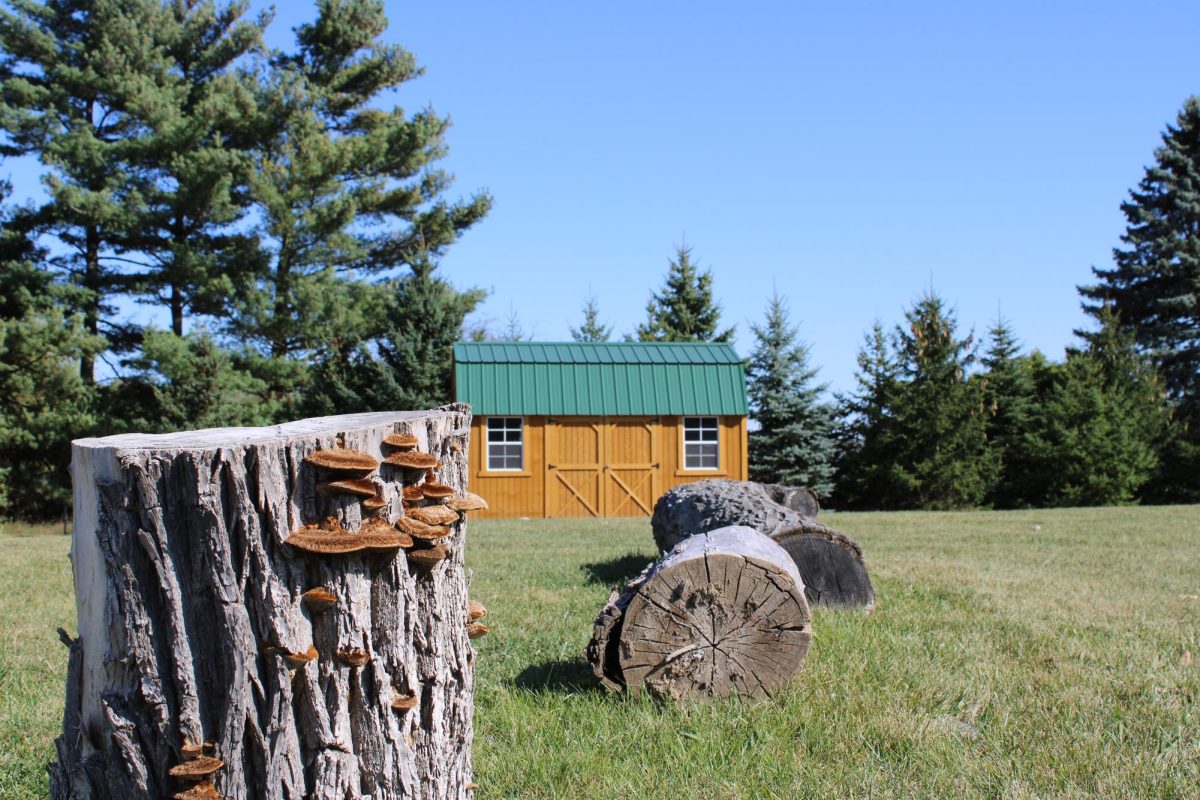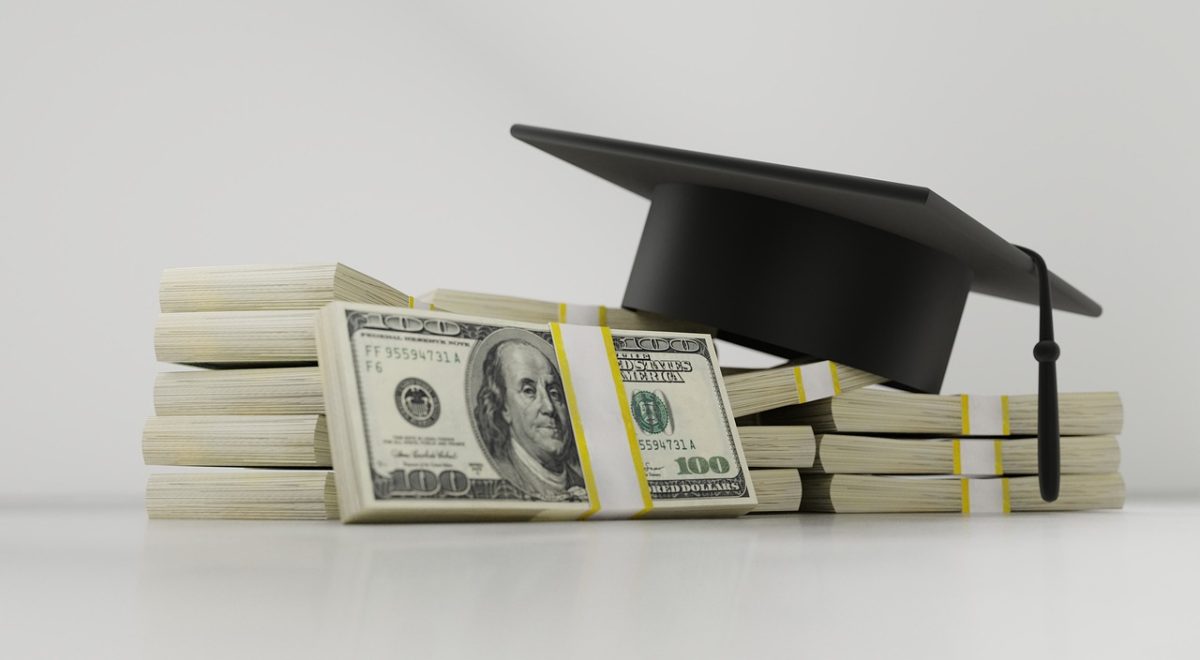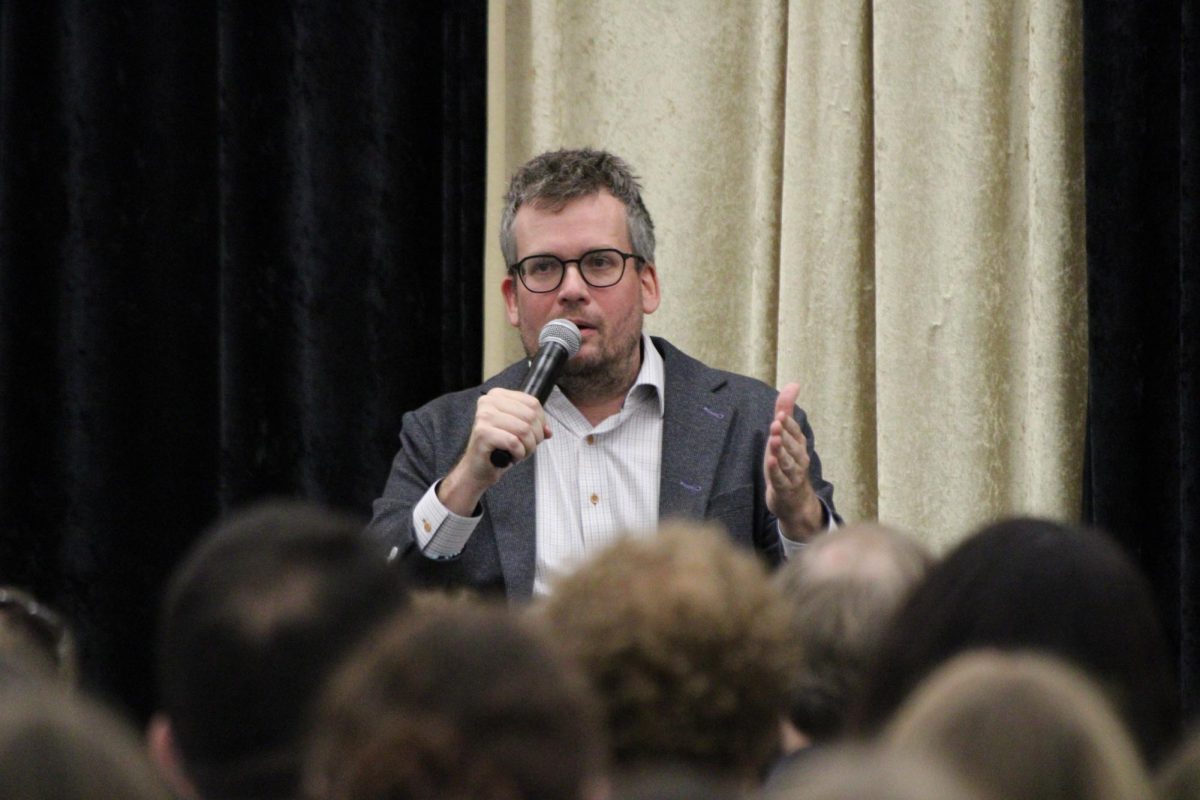Art — at its best — is challenging to viewers. Great art should push the boundaries of its medium while also being accessible to a wide variety of people and backgrounds. This type of art, relevant in the modern era, has always had some pushback from groups who try to define what “art” is rigid.
Oakland University has always been at the forefront of conversation about pushing the boundaries of artistic expression — whether it be about race, ethnicity, sex, gender, etc. Curator and visiting professor of Art, Art History and Design at OU, Ryan Standfest, aims to cultivate a much-needed conversation about this type of art.
Enter Jim Chatelain: he was a Wayne State University art student in 1967 through 1971. Him and his colleague’s works during the post-revolt period in Detroit would come to be known as the “Cass Corridor” movement. However, while other artists created art directly relating to their experience in the revolt, Chatelain opted to stay hidden in his studio.
Jim Chatelain’s more abstract works are often challenging — as most abstract art is — yet in this exhibition, Standfest has curated and selected these types of work to tell a story. This story ended up being “Correcting Past Mistakes.”
“Whenever Jim talks about painting or whenever he talks about any of these works, he talks about it as a space. He doesn’t talk about technique, he doesn’t talk about any psychological underpinning to the work, but he talks about space in a formal construction,” Standfest said during a talkback on Sept. 26.
When you enter the OU Art Gallery, you are immediately confronted by a Jim Chatelain piece — the first of many. It acts as a precursor for what is to come. Many of Chatelain’s pieces are constrained by their form but are not entirely limited by it — there’s usually some background that is threatening to break free from the external structure of the painting.
“This is a retrospective — so you see work from numerous periods in time — but because it is curated, there’s a conversation already established between the viewer and the work where there are like pieces placed next to one another,” Standfest said. “Jim is an artist who is communicating something here.”
Chatelain and Standfest have worked together to not only say something about abstract, modern art as a whole but also about art as a process. The title of Standfest’s curation, “Correcting Past Mistakes,” is not only a reference to correcting preconceived notions of modern art; it is about the ever-changing process of said art.
Many pieces, as Standfest said, are intentionally placed together so viewers can draw their own conclusions about how these paintings came to be and how they build on one another.
“So, look at the evidence, form your own opinion or interpretation, but know that it exists within a certain amount of how much you choose to research or think about it,” Standfest said. “That’s different for different kinds of artists: some artists are very particular and want to communicate specific meaning and some artists want to leave it a little bit more vague … I think Jim does that; I think there’s an openness to this work that he wants people to grapple with a little bit.”
Standfest wants you to think, not only as a viewer but as a student. As a visiting professor of Art, Art History and Design, his aim is to create conversation about all facets of art.
“Working with professors within the department is great because it is just another tie to the university and really helps bring in more students and kind of relate them back to their classes,” Leo Barnes, OU Art Gallery manager, said.
The Art Gallery is open from Tuesday through Sunday, from 12-5 p.m. and more information about Chatelain and Standfest’s exhibition can be found at https://www.ouartgallery.org.
“Correcting Past Mistakes” is open through Nov. 24.



